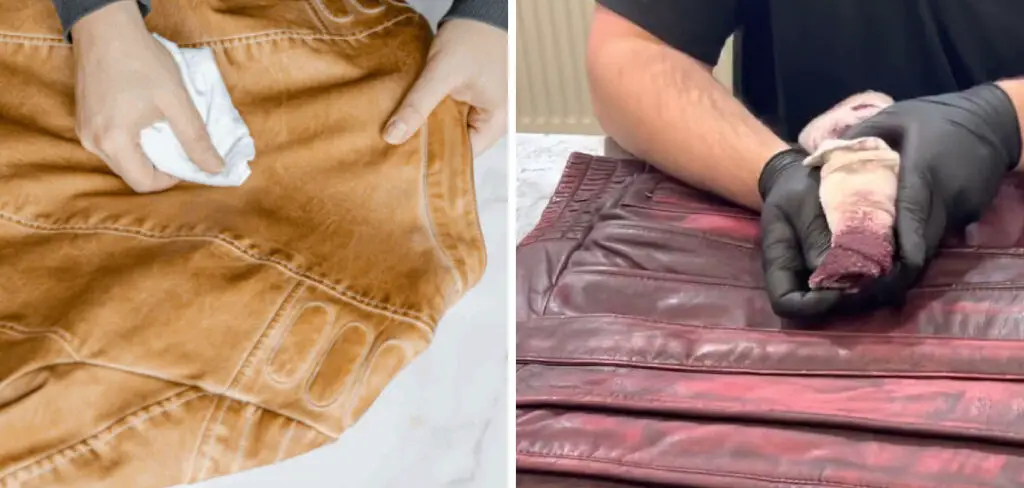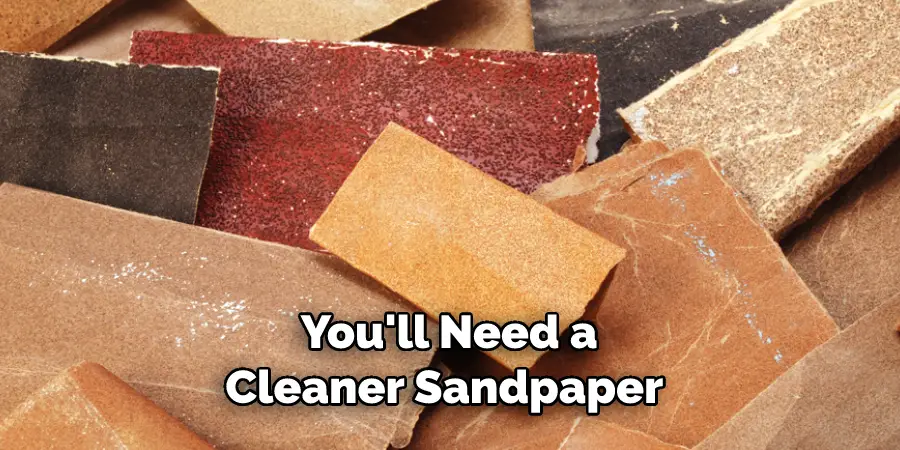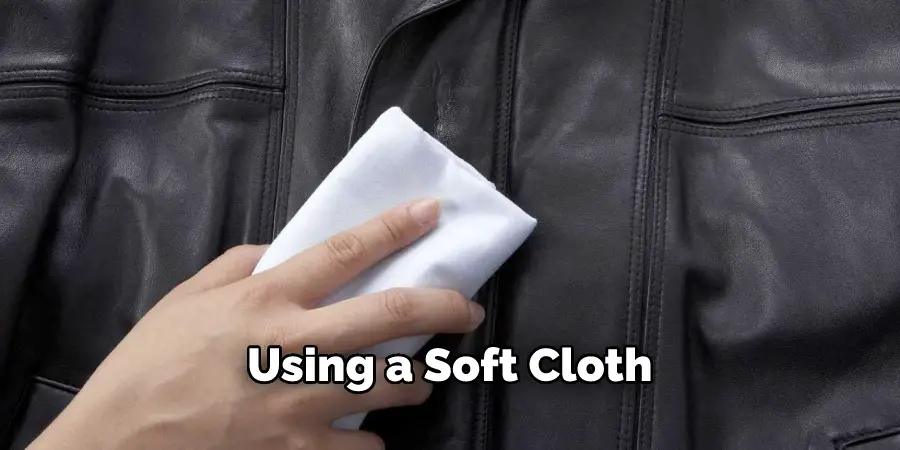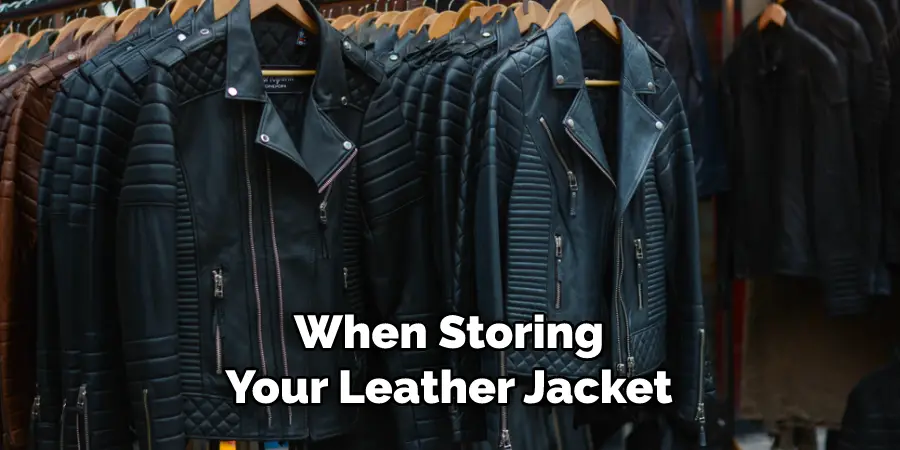Are you looking to add some extra flair and style to your wardrobe? Do you want a look that stands out with ease? If so, then why not consider dyeing a leather jacket on your own! With just a few simple steps and materials, you can give an old leather jacket a complete makeover or customize one with the perfect color match.

Not only is it a fairly easy process but also incredibly rewarding too – seeing the transformation in person will undoubtedly put a smile on your face. In this blog post, we will explore how to dye leather jacket from start to finish. So if you’re ready for something new and exciting, read ahead for all of the tips and tricks!
5 Benefits of Dying Your Leather Jacket
Dying your leather jacket can be a great way to customize the look of an old favorite or give a new item an exciting twist. Dying is also a cost-effective way to breathe life into something you already have without spending money on another garment. Here are some of the benefits that come along with dying your leather jacket:
1. Versatility
Dying your leather jacket allows you to experiment with different colors and shades, giving you the freedom to customize it however you’d like. You can choose from a wide range of hues, from muted pastels to bold brights, allowing you to bring out the unique character of each piece.
2. Durability
Leather jackets are naturally very durable and long-lasting, but dying can add even more life to the material. The dye helps protect against fading, wear and tear, and UV damage, so you’ll be able to enjoy your leather jacket for years to come.
3. Cost-effectiveness
As mentioned above, dying is a great way to give new life to an old garment without spending money on something brand-new. Instead of buying a completely different item, you can save money by simply revamping the one you already have.
4. Express your personality
Dying your leather jacket allows you to express yourself and add some personal flair to your wardrobe. Whether you choose a subtle color or something more daring, you’ll be able to wear an item that fully reflects your personality and style.

5. Fun and easy
Dying your leather jacket can be a fun way to spend an afternoon or evening. With the right supplies and instructions, it’s actually quite simple and straightforward, allowing you to get creative without much effort.
If you know how to dye leather jacket, you can enjoy all of these benefits without having to sacrifice quality or comfort. With a few simple steps and the right materials, you’ll be able to make your leather jacket stand out from the rest.
Materials You Need
For dyeing a leather jacket you will need the following materials:
- Leather jacket or item to be dyed
- Appropriate fabric dye for the type of leather
- Waterproof cloth (such as a water resistant cotton canvas)
- Clothespins or bulldog clips
- Stovetop, hot plate, or electric griddle
- Heat resistant gloves
- Plastic wrap
- Rubber bands (optional)
Now that you’ve gathered all the necessary materials, you’re ready to begin dyeing your leather jacket. Be sure to read through the instructions on each material used before proceeding.
10 Easiest Steps on How to Dye Leather Jacket
1. Gathering Supplies as Mentioned Above
You’ll need a cleaner, leather softener, sandpaper or steel wool, colorant dye, water and white spirit. If you have an old leather jacket, some of these materials may not be necessary. After gathering supplies, start by testing the compatibility of the dye with a scrap piece of leather to make sure the colorant dye is successfully absorbed.

2. Preparing the Space
After gathering supplies, find a well-ventilated space with enough light, and lay down newspapers or old towels that can absorb spills. It is important to note that you should never dye leather indoors because the fumes from white spirit are hazardous to your health. Remember to wear gloves and safety glasses for protection. This will also prevent your hands from staining.
3. Cleaning the Leather Jacket
Use a cleaner specifically designed for leather to clean the jacket before dyeing. Gently scrub away any dirt or debris that has accumulated on the jacket with either a soft cloth or brush.
Wipe off all excess cleaner with a damp cloth, and allow it to air dry for 2 hours. When you’re done, the jacket should be completely clean and free of any dirt or debris. You should be able to see the original color of the leather before dyeing.
4. Repair the Torn Side of the Jacket
Please check if there have been any damages and tears on the leather jacket. If there is, use a leather patch to repair it before moving onto the next step. This is important to do because the dye will not absorb evenly into the leather if it is damaged.
5. Softening the Leather
Use a softener designed for leather, and apply it to the jacket with a sponge. This will help the dye absorb more evenly into the leather. Allow it to sit for about 15 minutes and then wipe off any excess product with a damp cloth. Again, allow it to air dry for 2 hours. When you ’re done, the leather should be soft and pliable. The softer it is the better the dye will be able to soak into the fibers.
6. Sanding or Steel Wooling the Jacket
Using either sandpaper or steel wool, gently scrub away any imperfections in the leather. This will help ensure an even coverage when you are dyeing. Make sure not to press too hard as this can damage the leather. It is important to note that this step is especially important if you are using an old leather jacket.
7. Applying White Spirit
Use a clean cloth to apply white spirit on the surface of the jacket. This will help the colorant dye adhere better to the leather and give it an even finish. Allow it to sit for 10 minutes before wiping off any excess product with a damp cloth. Again, allow it to air dry for 2 hours.
It is important to note that white spirit should never be used on suede or nubuck leather, as it can damage the material.
8. Mixing the Dye
Mix the colorant dye with either water or white spirit, depending on the type of dye you have chosen.
This will give it a creamy consistency, making it easier for application . Make sure to mix it thoroughly until you have a uniform color throughout the dye. Be careful not to use too much water or white spirit as this can cause the dye to run.
9. Applying the Dye
Using either a soft cloth or brush, gently apply the dye onto the leather in a circular motion. Take your time and make sure that every area is evenly covered with the dye. Dip a foam brush into the mix, and then apply it onto the jacket in an even motion. Make sure to cover all of the areas of the leather for consistent coverage. If needed, you can use a sponge to help reach crevices.

10. Apply Condition Again on Jacket
Once you have applied the dye, allow it to sit for 10 minutes before wiping off any excess with a damp cloth. Allow the jacket to air dry for 2 hours, then buff it with a soft cloth until you achieve your desired finish. Finally, apply a leather conditioner to make sure the jacket stays soft and supple.
Tricks for Preventing a Newly Dying Jacket
Once you’ve taken the necessary steps to successfully dye a leather jacket, there are several tricks you can use to make sure your newly dyed piece of clothing doesn’t fade too quickly.
1. Avoid Direct Sunlight
The sun’s UV rays can damage the dye and cause it to fade at an accelerated rate. If you must wear the jacket in the sun, consider carrying an umbrella with you or wearing a light shawl over your shoulders.
2. Choose Dye Carefully
Try to use dyes that are specifically designed for leather and pick colors that will not fade quickly when exposed to sunlight.
3. Use a Sealant
After dying the leather, you can apply a sealant to help protect the dye and make it last longer.
4. Spot Clean Only
To remove any dirt or stains, spot clean your dyed jacket instead of washing it with water. This will help keep the dye from running or fading.
5. Spot Clean Only
When storing your leather jacket, keep it away from direct sunlight and high temperatures. This will help keep the dye looking vibrant for longer.

Final Verdict
Dyeing a leather jacket can be a tricky affair, so it’s important to take your time and do the job right the first time. Whether you choose synthetic or natural dyes for your leather jacket, always make sure that you have thoroughly researched the dyeing methods and material compatibility prior to attempting a project.
Not only will this ensure you have an understanding of the steps needed to achieve the ideal outcome, but it is also important to protect yourself and your clothes from harsh chemicals and other potential hazards.
Please read the article on how to dye leather jacket with a little patience and dedication, however, you’ll find that dyeing a leather jacket can be a rewarding experience with stunning results!
Ultimately, being mindful of the steps you take in dyed Leather jackets can pay off many times over in terms of both satisfaction and longevity. Good luck with your DIY project!

